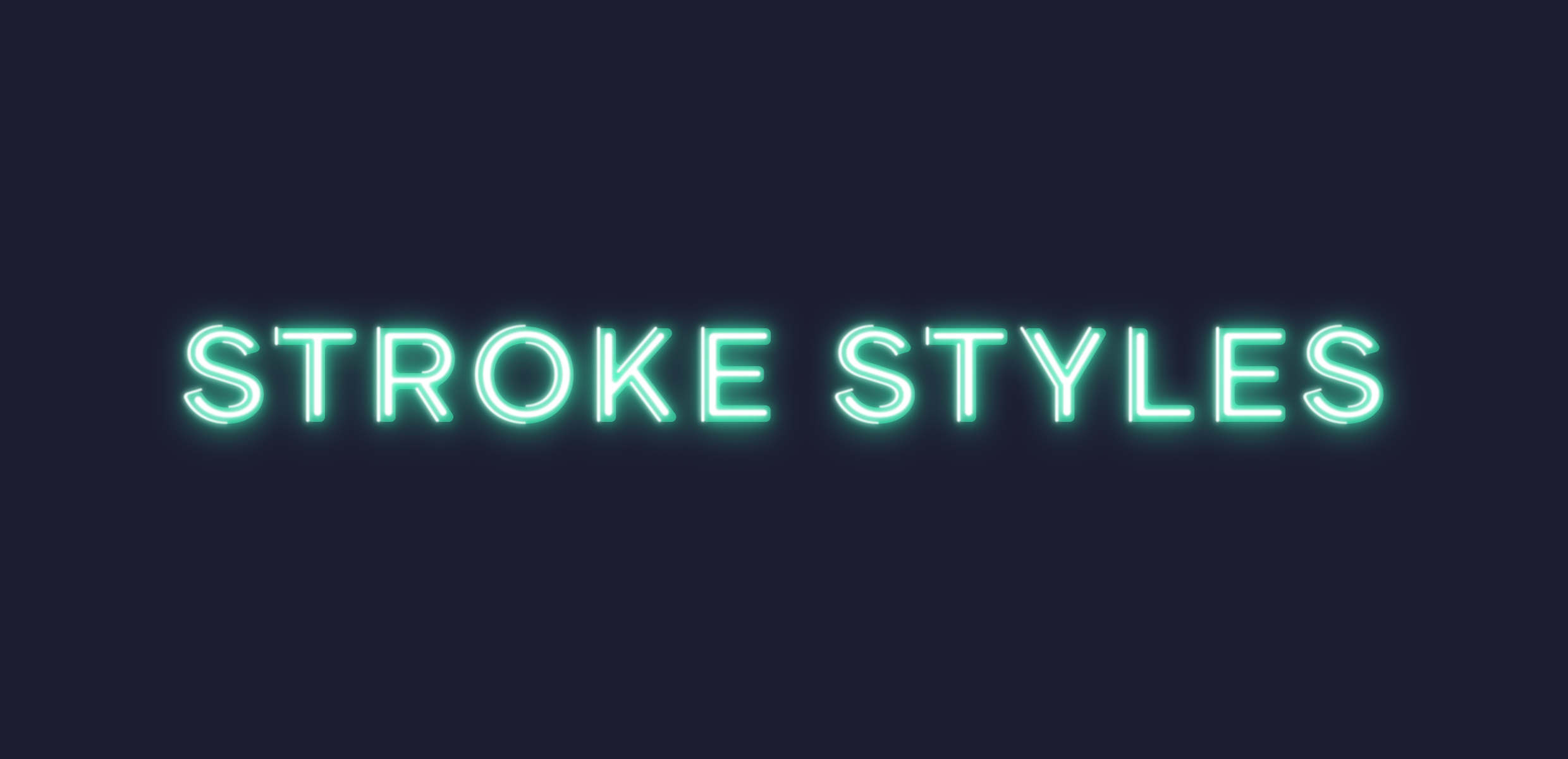

weakness or paralysis of limbs on one side of the body.Įmotional and personality changes after stroke.

restricted ability to perform physical activities or exercise.pain – can be caused by actual or potential damage to your tissues (nociceptive pain) or by damage to your nerves that then send incorrect messages to your brain (neuropathic pain).incontinence – many types of incontinence can occur, but it can be caused by medication, muscle weakness, changes in sensations, thinking and memory.fatigue or tiredness – can be caused by physical changes or medication, but also mood changes, depression, anxiety or difficulty sleeping.difficulty with gripping or holding things.community services – home help and respite careĪny physical changes after a stroke will depend on which part of your brain was damaged and by how much.Ĭhanges in physical experience can include:.community healthcare professionals – such as your doctor, physiotherapists, occupational therapists, speech therapists and counsellors.If you are living in a household after a stroke, the types of people who can help you and your carers with recovery and long-term effects of the stroke include:

The most common types of disability after stroke are impaired speech, restricted physical abilities, weakness or paralysis of limbs on one side of the body, difficulty gripping or holding things, and a slowed ability to communicate. Of the people with a disability after stroke, 88 per cent are cared for in households and 12 per cent in residential care. The most recent data for Australia shows that after a stroke, slightly more than one third of people have a disability that has affected their daily activities. Early treatment and rehabilitation after stroke can improve recovery and many people regain a lot of function.

The long-term effects of stroke depend on which part of the brain was damaged and by how much. A stroke can cause permanent loss of function.


 0 kommentar(er)
0 kommentar(er)
